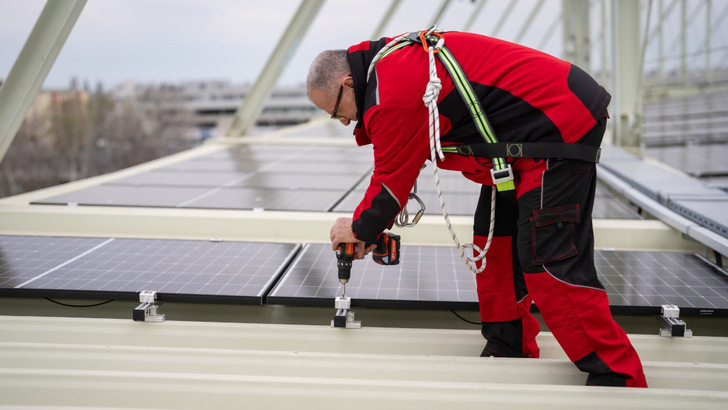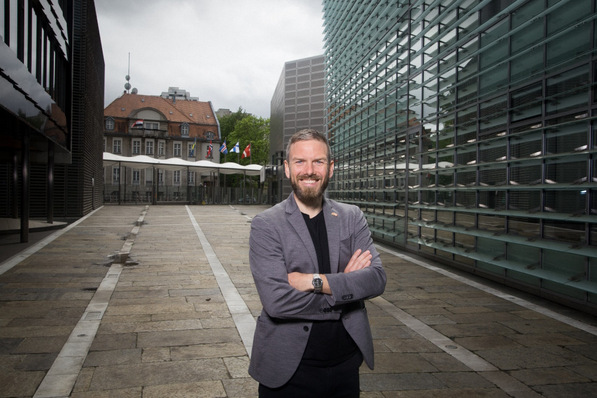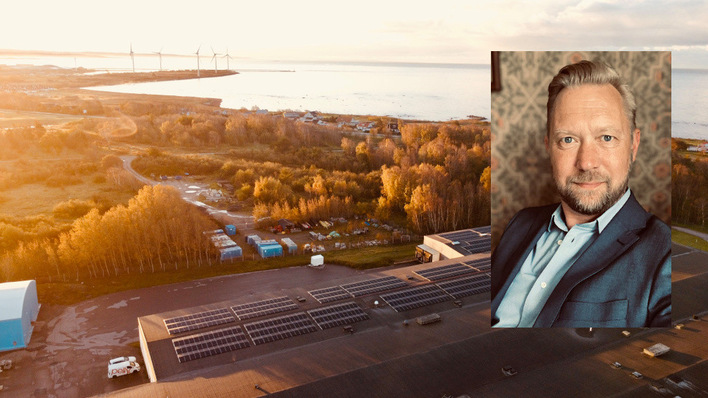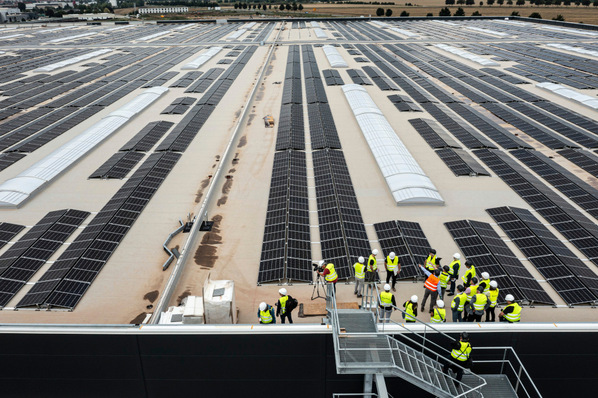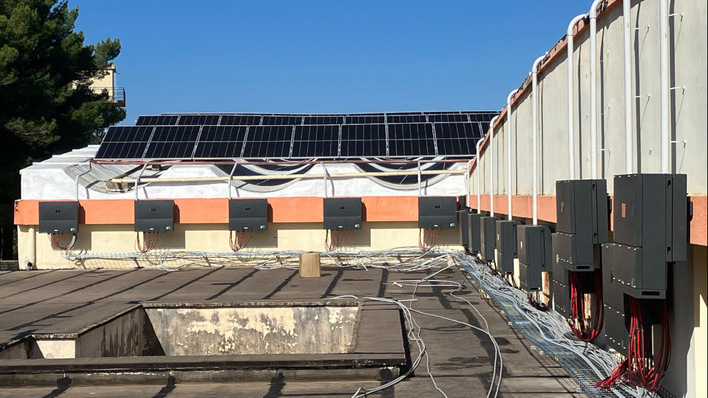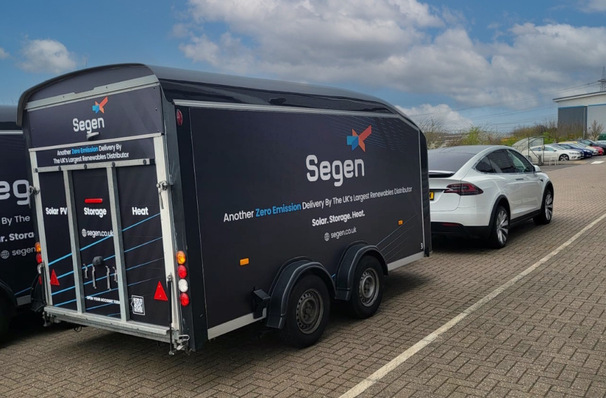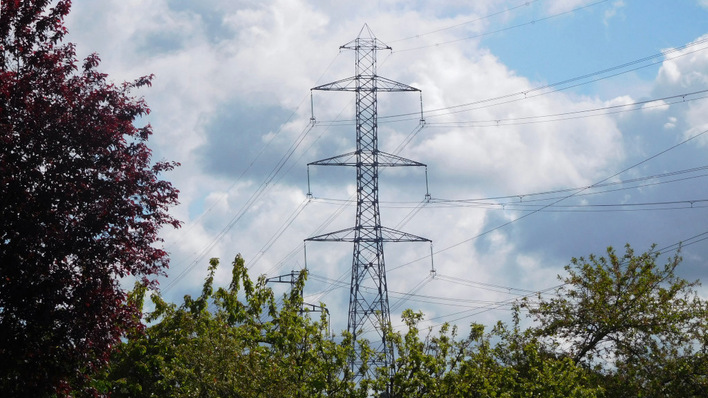In recent years, the Austrian solar industry has occasionally met for conferences at the Ernst Happel Stadium in Vienna. Now, future events at the stadium can finally be powered by solar energy after around 9,300 solar modules were installed on the roof of the venue, 20 metres above ground. The project has transformed the roof into an energy powerhouse that will supply 3,880 megawatt hours of clean solar power every year.
More generated than consumed
What’s more, this power comes to more electricity than the stadium uses overall. “Not so long ago, an emission-free stadium was just a vision, but now we are on the verge of making it a reality,” says Vienna's City Councillor for Sport, Peter Hacker. “I am impressed by how quickly and precisely the installation was completed. Sustainability and innovation are key criteria in the renovation of Vienna's sports facilities. The Happel Stadium will generate more electricity than it consumes, making an important contribution to environmental and climate protection in our city.”
Three-dimensional model
The road to a photovoltaic stadium roof was not easy, not least because it is a listed building. Moreover, the realisation of the project involved precision work. Each trapezoidal sheet has its own dimensions due to the elliptical shape of the roof, require three-dimensional modelling before work could begin in earnest.
Vienna’s DOCKS combines solar and noise protection
Components transported individually
Due to the low load-bearing capacity, it was not possible to place pallets on the listed roof. As a result, the components – including modules, 80,000 trapezoidal sheet metal rails and over 5,000 optimisers – were initially stored inside the stadium. These were then gradually hoisted to a height of over 20 metres using scissor lifts, carried manually to their locations and assembled on the spot.
Top information for you daily business – subscribe to our free newsletter
A quick installation
The time frame was also a challenge. The system had to be erected between the end of November and the beginning of March, when no events take place on the open field. Snow, low night-time temperatures combined with high humidity and several periods of strong wind caused work to be interrupted for days at a time. Due to an international match between Austria and Serbia on 20 March 2025, the installation had to be completed much faster than originally planned.
C&I solar rooftops – Design software saves time and more
Surplus power used for heating
With the new photovoltaic system and geothermal energy under the renovated training pitches – 270 boreholes at a depth of 150 metres and ground collectors covering an area of 25,000 cubic metres – the foundations have now been laid for an emission-free stadium. In cooperation with Wien Energie and Wiener Netzen, wiring of the solar power system is currently being completed.
Vienna Airport aims to become climate-neutral
Work is scheduled to be finished in late 2025. Once commissioned, all generated electricity will be fed into the existing stadium network. The City of Vienna is also planning a network with several heat pumps and storage facilities as well as a connection to the neighbouring stadium swimming pool, allowing the stadium operator to use all surplus solar energy on site. (su/hcn)


